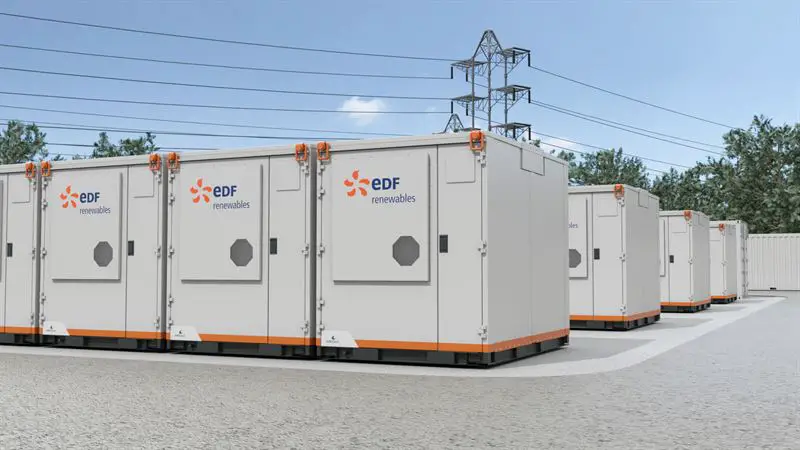Plans are underway for the construction of a 57MW/114 megawatt-hour (MWh) grid-scale battery energy storage system (ESS) in Bramford, UK. This came to light following an order given to the technology group Wärtsilä. The order was placed by EDF Renewables UK.
Wärtsilä will thus supply its GridSolv Quantum system and GEMS Digital Energy Management platform for the project.
This order is Wärtsilä’s sixth with EDF Renewables UK and Ireland. It builds on the two businesses’ solid, protracted collaboration. The UK energy storage portfolio of Wärtsilä now surpasses 1 GWh.
The GridSolv Quantum system and GEMS Digital Energy Management platform
The former is a modular energy storage system, compact in design with a small footprint and low life cycle costs. Additionally, the GridSolv Quantum system has minimal scope and complexity for engineering, procurement, and construction activities.
The GEMS platform on the other hand is the main controller of the GridSolv Quantum system. The system will reportedly be the primary controller for the entire 57MW/114MWh energy storage system (ESS) in Bramford, including communication with the grid and outside traders.
Also Read: Balfour Beatty to develop small modular nuclear reactors in the UK
It will offer data and insights to inform trade parties and performance for comprehensive asset management, just like its sister facility in Sundon. Additionally, it will make electric market trading and frequency response two of the balancing services possible for the UK grid.
Significance of the 57MW/114MWh energy storage system (ESS) in Bramford
The 57MW/114MWh energy storage system (ESS) in Bramford will be built near a solar farm that is being developed by EDF. It will be attached to the transmission network thus enabling the integration of renewable energy into the grid.
The facility will also increase the power system’s resilience. Furthermore, it will automatically charge and discharge to balance supply and demand. Like its sister project in Oxford, the Bramford project will be able to support any future advancements in EV charging and the electrification of public transportation.
